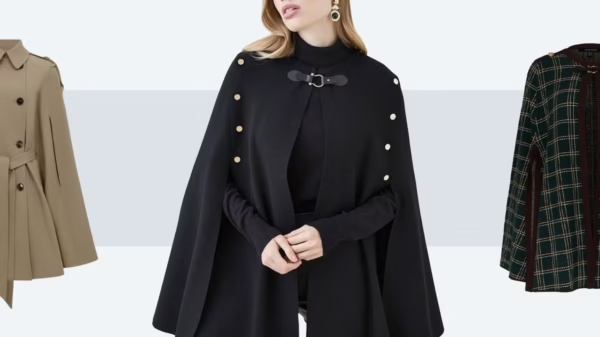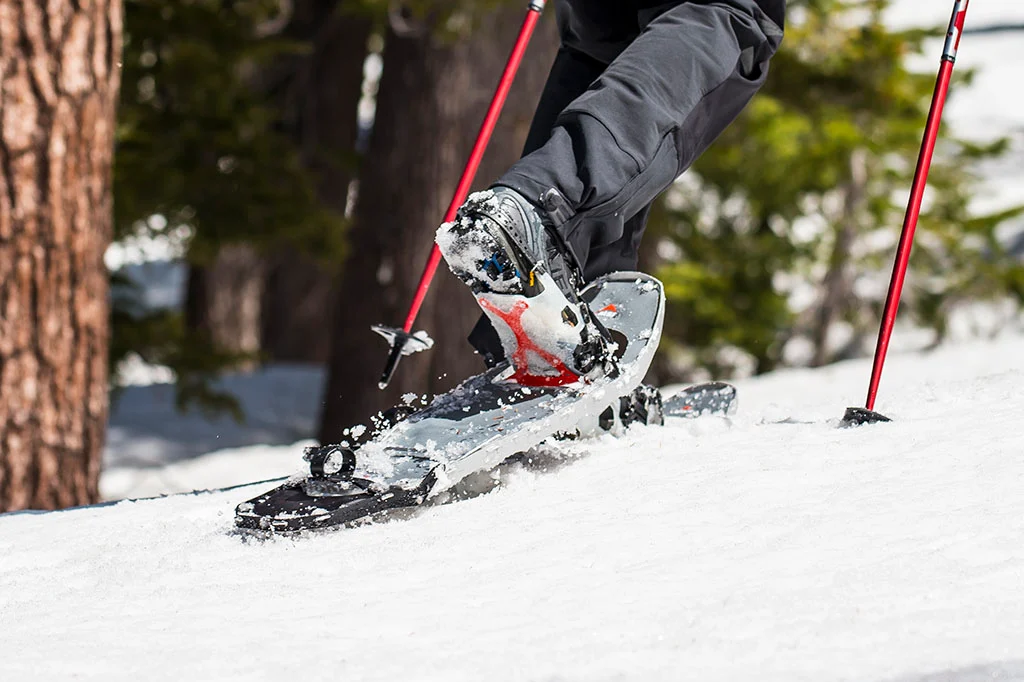The right snowshoe size can make a significant difference in your snowshoeing experience, ensuring you’re prepared for the terrain and snow conditions you’ll encounter. Just like with other outdoor equipment, such as hiking poles, gaiters, and backpacks, selecting the right snowshoes requires careful consideration of various factors.
Consider the Purpose:
Snowshoes are designed for different purposes, and the options can be overwhelming. Determine whether you’ll be snowshoeing in deep snow or on packed trails, as this will guide your choice.
Snowshoes for Different Groups:
Manufacturers offer snowshoes designed specifically for women, men, and children. These models take into account variations in shoe size and user weight. When selecting the right size, consider the user’s gender and age.
Sizing by Gender or Age:
Men’s snowshoes are designed for larger boots and heavier loads, while women’s snowshoes are typically narrower and have a more contoured frame design. Kids’ snowshoes vary in size based on the child’s age, with smaller sizes suitable for casual snow play and larger models resembling some adult snowshoes.
Terrain and Snow Conditions:
Snowshoe sizing also depends on the type of terrain and snow conditions you’ll encounter. Light and dry snow conditions require more surface area for flotation. For powder snow, larger snowshoes are ideal, while wet snow is best tackled with smaller snowshoes. Compact snowshoes are perfect for packed trails, offering easier maneuverability in tight spaces.
Load Considerations:
The load you’ll be carrying, including your equipment and weight, is crucial for determining the right snowshoe size. Refer to the product information for load recommendations for different lengths. Heavier individuals or those carrying heavily loaded packs will require larger snowshoes to distribute their weight effectively and prevent sinking.
Conclusion:
Selecting the right snowshoe size is essential for a successful snowshoeing adventure. Consider the purpose of your outing, the gender or age of the user, the terrain and snow conditions, and the load you’ll be carrying. By taking these factors into account, you can ensure that your snowshoes provide the necessary flotation and support for an enjoyable winter experience.



































